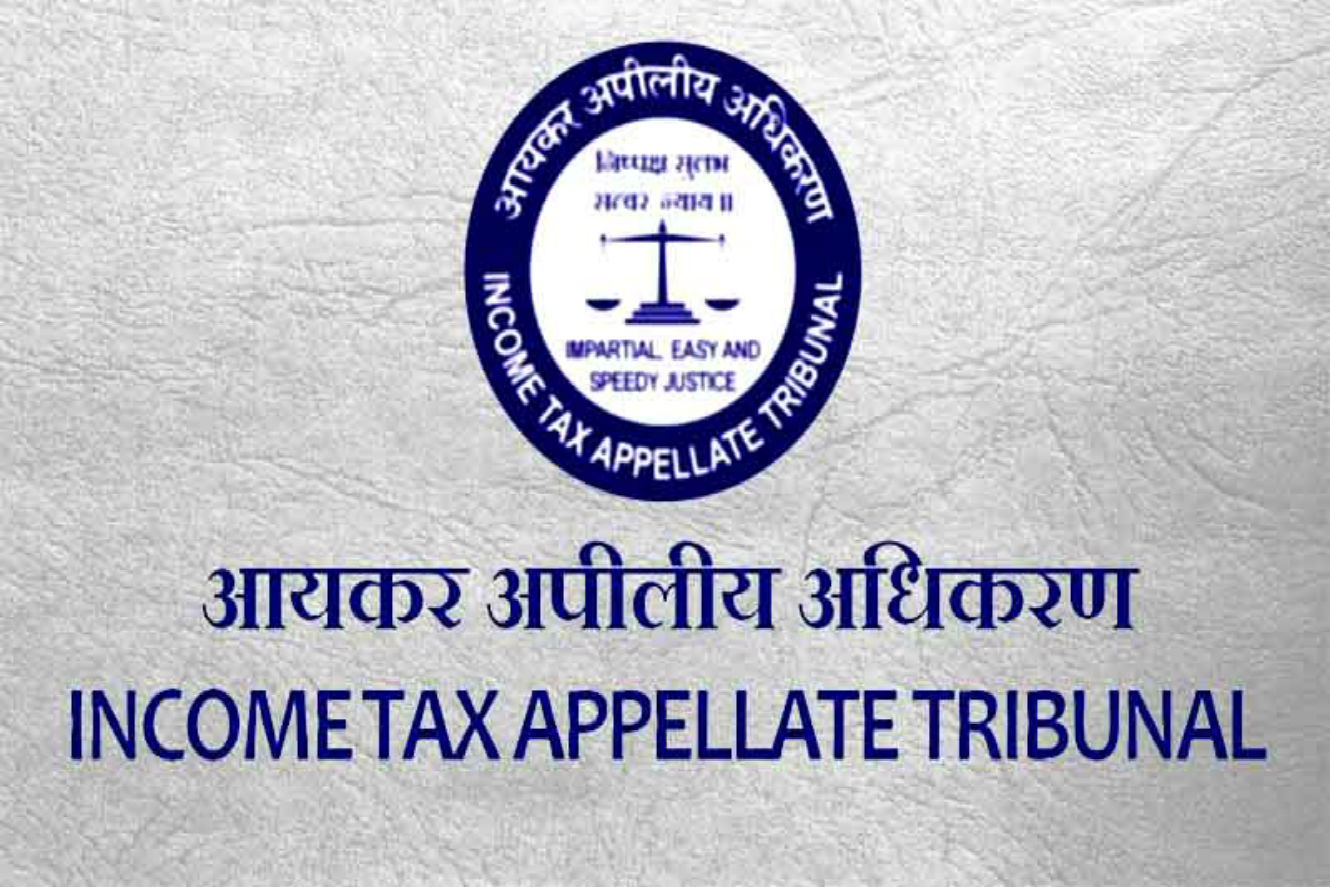B.N. Jha, J.@mdashThe present appeal by the plaintiffs arises out of a suit for redemption filed by them for redemption of zerpeshgi bond dated the 19th September, 1916 executed by Chatur Bhagat alias Gopal Das in favour of D.M. Risdel, proprietor of Gopalpur Indigo Factory. The plaintiffs alleged that Gopal Das died without any kindred. His interest in the land mortgaged passed to the Mahanth of Risaura Math. According to the case of the plaintiffs, Chatur Das became Bairagi and became the Chela of Narsingh Das. He began to live in the Math itself. After he became the Chela of Narsingh Das, he was called Gopal Das. After the death of Narsingh Das, Gopal Das became the Mahanth of Bisaura Math and after his death his Curu-bhai Tulsi Das became the Mahanth, after whose death Bamparemi Das became the Mahanth, After the death of Ramparemi Das, his Chela Keshav Das (defendant No. 3) became the Mahanth of Risaura Math, who became entitled to the suit land. He transferred the suit land to the plaintiffs by virtue of the registered sale deed dated the 24th September, 1949. On the basis of their purchase the present redemption suit had been filed- It may be mentioned here that the plaintiffs had already filed title suit No. 130/17 of 1953/57. In that case the plaintiff thought that there was some formal defect, therefore, an application was filed by him for withdrawal of the suit under the provision of Order 23, Rule 1 of the CPC with permission to file a fresh suit. The prayer of the plaintiff was allowed subject to payment of Rs. 20/- as cost to the contesting defendants by the 21st November, 1959. Unfortunately, the cost was not paid. On the 21st November, 1959, no step was taken by the plaintiff. The defendant filed hazri. Therefore, the prayer for permission to withdraw the suit with permission to file a fresh suit was refused and as no step had been taken on that date, the suit itself was dismissed for default. Thereafter a second suit for redemption has been filed on the 19th August, 1961.
2. The plaintiffs'' suit was decreed by the trial court but the lower appellate court has reversed the judgment on two grounds, namely, that in the absence of any contract the property of Chatur Bhagat alias Gopal Das would pass to the landlord u/s 26 of the Bihar Tenancy Act and secondly the present suit is barred under the provisions of Order 9, Rule 9 of the Code of Civil Procedure. Hence, the plaintiffs have come up to this Court.
3. Learned counsel for the appellants contended before me that the judgment and the decree of the court of appeal below could not be sustained in law on the aforesaid two grounds. In my opinion, the contention of the learned counsel for the appellants is well founded and must be accepted.
4. Section 26 of the Bihar Tenancy Act provides as follows:--
"If a raiyat dies intestate in respect of a right of occupancy, it shall subject to any custom to the contrary, descend in the same manner as other immovable property:
Provided that in any case in which under the law of inheritance to which the raiyat is subject his other property goes to the Crown, his right of occupancy shall be extinguished."
Therefore, for the application of Section 26 of the Bihar Tenancy Act it is necessary to find out as to whether the property of Gopal Das could be inherited by some one under the Hindu law by which succession to his property is governed. Admittedly Gopal Das died without any kindred. From the recital of the mortgage deed it is clear that Chatur Das was the Chela of Narsingh Das of Risaura Math. Article 57 of the Mulla''s Hindu Law provides for succession in such a case-Article 57 (1) lays down as follows:--
"In default of kindred, the property of a deceased Hindu, even though he be a Sudra, passes to his preceptor, if there be no preceptor, to his disciple; and if there be no disciple to his fellow-student. In determining who is a preceptor, a disciple or a fellow-student, the Court will only consider the imparting of purely religious instruction,"
Nothing has been pointed out to me that the rule of law as laid down by Mulla is incorrect The trial court found that the property of Gopal Das went to Ramparemi Das and from the latter it passed on to Keshav Das. But the lower appellate court has taken the view that though Chatur Das became the disciple of the Mahanth of Risaura Math, the title could not pass to the said Mahanth for the simple reason that Sections 58 and 59 of Mulla''s Hindu Law, debar a preceptor and co-disciple or a fellow-student from inheriting the properties of a Sudra Bairagi as distinguished from a Yati and Sanyasi. In the opinion the lower appellate court Chatur Das had been a Girhastha Sadhu throughout his life and that he had not renounced the world or the worldly affairs or his properties and house by entering into the community of religious order called ''Bairagi'' and that on his death, his properties devolved not on his spiritual heir but on the landlords by reason of the admitted position that he had died without leaving any kindred. As stated above, Article 57 (1) clearly applies in the case of a deceased Hindu, who died without leaving a kindred, but leaving behind a preceptor or disciple or a fellow-student The court below, therefore, has not examined this case from correct stand point. He has to find out as to whether Chatur Das died leaving behind any of the persons as mentioned in Article 57 (1) to succeed to his properties. In the absence of any such persons the operation of Section 26 of the Bihar Tenancy Act is attracted. Therefore, in my opinion, the court below has not approached the case from right point of view)
4-A. The lower appellate court is also not correct in holding that the second suit is barred under the provision of Order 9, Rule 9 of the Code of Civil Procedure. Rule 9 (1) runs as follows:--
"Where a suit is wholly or partly dismissed under Rule 8, the plaintiff shall be precluded from bringing a fresh suit in respect of the same cause of action. But he may apply for an order to set the dismissal aside, and if he satisfies the Court that there was sufficient cause for his non-appearance when the suit was called on for hearing, the Court shall make an order setting aside the dismissal upon such terms as to costs or otherwise as it thinks fit, and shall appoint a day for proceeding with the suit."
(The above underline has been given by me).
5. The aforesaid provision only bars a second suit if brought on the same cause of action: but if the cause of action is different, there is no prohibition in law for bringing a second suit, subject, of course, to the law of limitation. Learned counsel for the appellants contended before me that in a redemption suit the mortgagor has got recurring cause of action. Therefore, even if the suit was dismissed under Order 9, Rule 8 of the CPC on the previous occasion the plaintiff cannot be prechided from bringing a fresh redemption suit where the plaintiff has got a fresh cause of action every moment. In support of his contention reliance was placed on a decision of the Federal Court in the case of Subba Rao v. Mattapalli Raju AIR 1950 FC 1 where it was held that provisions like Order 9, Rule 9 or Order 23, Rule 1 would not debar the mortgagor from filing a second suit for redemption because, as in a partition suit the cause of action in a redemption suit was a recurring one. The cause of action in each successive action, until the right of redemption was extinguished or a suit for redemption was time barred, was a different one. It was further pointed out that where in a suit for redemption on the day fixed for argument the Court was informed that the plaintiff was not proceeding with the case and Court interpreted it as a case not of withdrawal but of abandonment and dismissed the suit with costs, and thereafter the plaintiff brought a second suit for redemption, in such a case, it was held, the provision of Order 9, Rule 8 was applicable but as the first suit was not based on the same cause of action, the second suit could not be held to be barred under the provisions of Order 9, Rule 9 of the Civil Procedure Code. The contention of the learned counsel for the appellant is well founded and must be accepted. Therefore, in my opinion, the court below is wrong in holding that the present suit is barred under the provision of Order 9, Rule 9 of the Code of Civil Procedure.
5-A. For the reasons stated above, the appeal is allowed, the judgment and the decree of the court or appeal below are hereby set aside and the case is remanded to the court of appeal below for a fresh decision in the light of the observation made and in accordance with law. In the circumstances of the case there will be no order as to costs.

